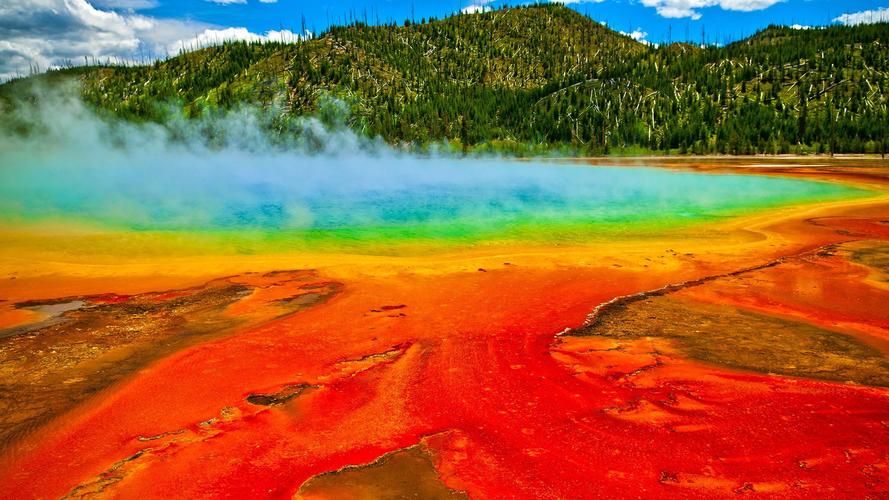Exploring the Dynamic Relationship Between Media and Popular Culture
The Role of Media in Shaping Popular Culture
The term popular culture refers to the collective cultural products and practices that are widespread among the general population. These include music, art, fashion, television, film, and other forms of entertainment that are consumed by millions of people worldwide. Popular culture is closely tied to media, as it is through various forms of media that popular culture is disseminated to the masses.
Media has played a central role in shaping popular culture, influencing the way people think, feel, and behave. For example, music has been a powerful tool for social and political commentary, with musicians using their platform to bring attention to important issues such as civil rights and climate change. Similarly, fashion trends are often started by celebrities and influencers who are popularized through the media.
The Evolution of Media and Popular Culture
The relationship between media and popular culture has evolved significantly over the past century. In the early 1900s, radio was the primary form of mass media, which paved the way for the rise of popular music and the emergence of the music industry. The advent of television in the 1950s transformed the landscape of popular culture, as it allowed for the broadcast of live events and the creation of serialized dramas and sitcoms.
The rise of the internet in the 1990s revolutionized the way people consume media and participate in popular culture. The proliferation of social media platforms has enabled ordinary people to become content creators and influencers in their own right, exerting a significant influence on the direction of popular culture.
The Impact of Popular Culture on Society
Popular culture has a profound impact on society, shaping the attitudes, beliefs, and behaviors of individuals. For example, the prevalence of violence in popular media has been linked to desensitization and increased aggression in young people. Similarly, the objectification of women in popular culture has been linked to the perpetuation of sexism and gender discrimination.
However, popular culture can also be a force for positive change. The increasing diversity and representation of marginalized groups in popular media has helped to foster greater acceptance and understanding of these communities. Popular culture can be a powerful tool for social awareness and education, with television shows and documentaries tackling issues such as bullying, mental health, and substance abuse.
The Future of Media and Popular Culture
As technology continues to evolve, so too will the relationship between media and popular culture. Virtual reality, augmented reality, and other emerging technologies will offer new opportunities for immersive storytelling and interactive entertainment. Additionally, the increasing digitization of media is likely to lead to greater personalization and customization of content, allowing individuals to tailor their media consumption to their specific interests and preferences.
In conclusion, the relationship between media and popular culture is dynamic and constantly evolving. Media has been a central driver in shaping popular culture, influencing the values and practices of individuals worldwide. While popular culture has the potential to both reflect and critique society, it is important to be mindful of its impact on our attitudes and behaviors. As we continue to navigate the evolving landscape of media and popular culture, it is crucial to promote media literacy and critical thinking in order to fully understand and appreciate their complex and important relationship.
(Note: Do you have knowledge or insights to share? Unlock new opportunities and expand your reach by joining our authors team. Click Registration to join us and share your expertise with our readers.)
Speech tips:
Please note that any statements involving politics will not be approved.
